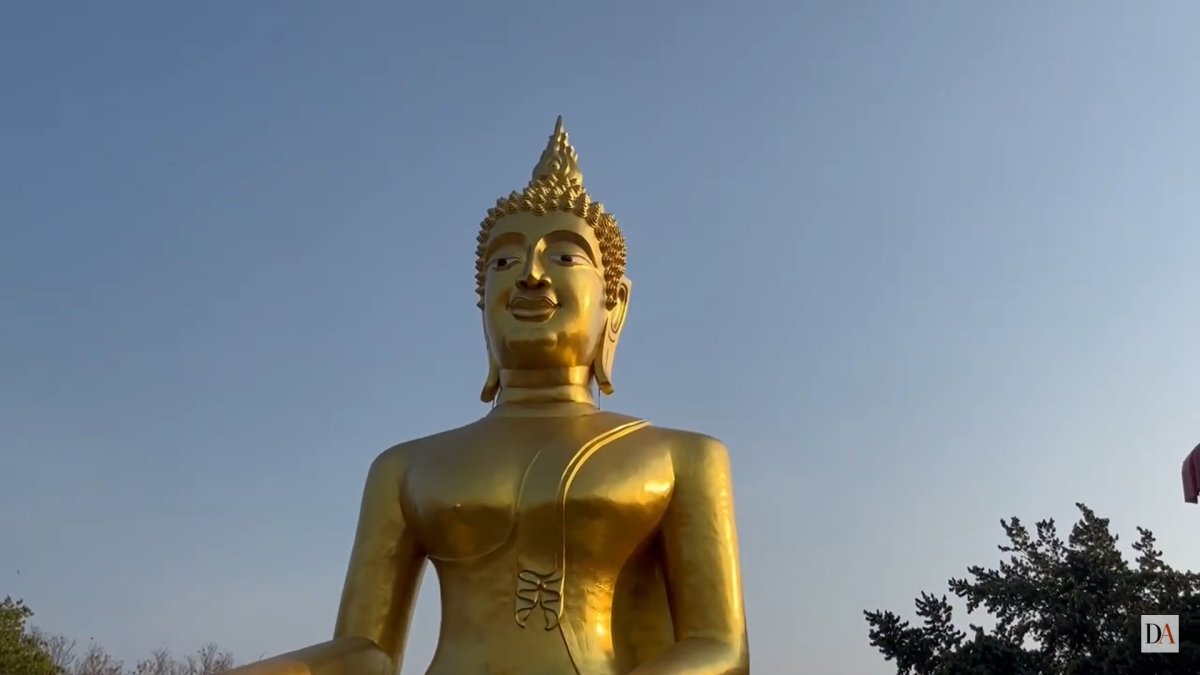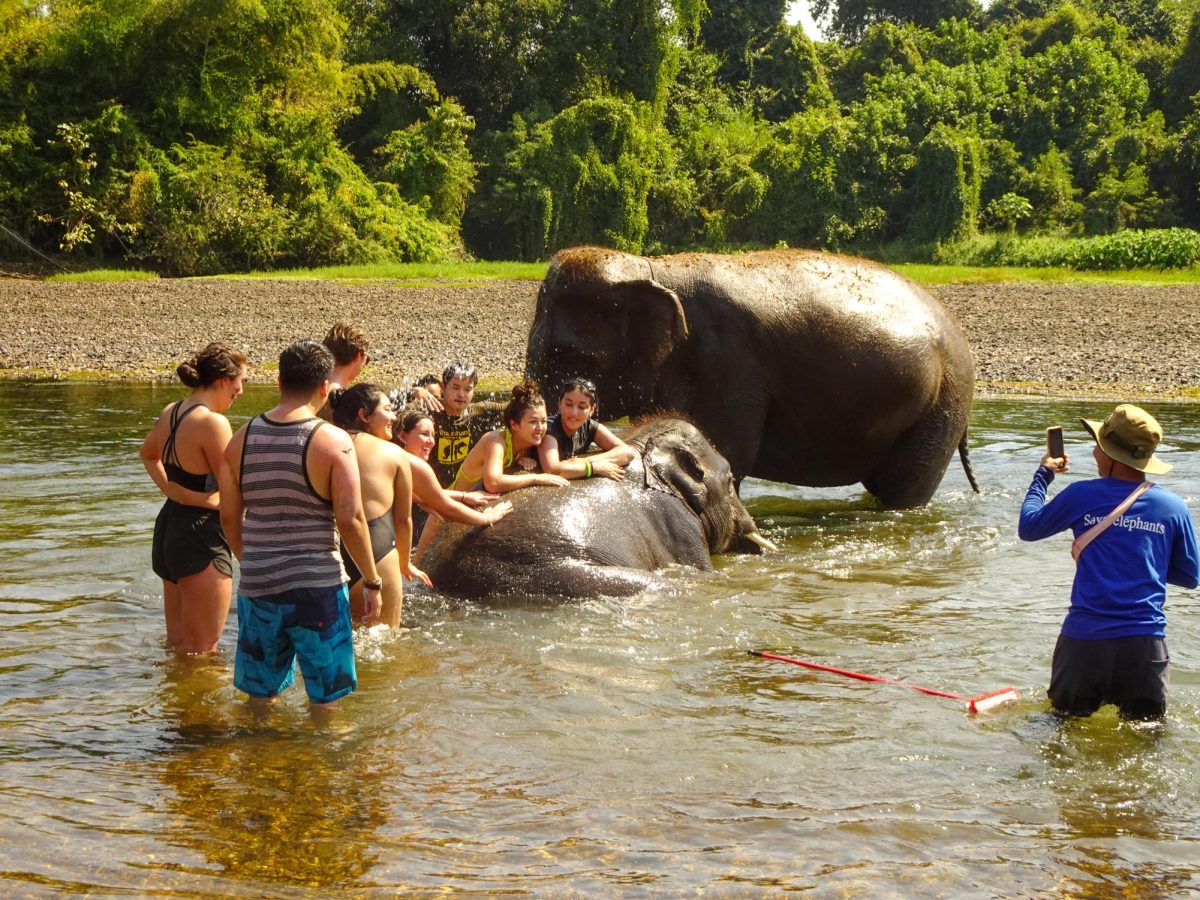 PeterGabbani is an English juniorSend comments to: daletter@mail.sdsu.edu
PeterGabbani is an English juniorSend comments to: daletter@mail.sdsu.edu
As we close out this decade, it is important, as important asanything can be, to recognize a definitive color that captures the1990s. Both literally and symbolically, orange is the color of thedecade.
Relegated to Halloween and found in delirious proportions duringthe August blaze, orange has been largely left out of the rest of theseasons, including its underrepresentation on dying autumn leaves.
By orange’s very inconspicuousness, it appropriately representsthe discohesion in society, the brutal absence of unity. And, associety overlooks orange, the 1990s can be seen as the mostuneventful decade of the century.
In other cases, orange paper, not to be confused with goldenrod,is left over in lonely stacks at elementary schools, neglected by thecopymaids. Orange is the color of the unwanted stepchild, not red.
Orange is the universal taint. It has the effect of a worn-outwelcome, of tattered maturity, beaten and forgotten like librarybooks that have long since lost the respectable yellow of the aged.
It’s also as if dust has been caked on a dim light bulb, and thelight, now orange and with a lesser radius, is confusing our lives.Apropos is orange smog and the sunset shooting definitive orange raysthrough cracks in the window blinds. We fixate on those rays, contentwith concentrating on the part to the exclusion of the whole.
Such are the ’90s, where businesses gravitate towardspecialization and workers to finite skills. With the triumph of theniche, we have seen the death of the Renaissance Man.
What we are left with is the overused, under-flushed toilet thatis the ’90s, orange from repetition without change. Withoutvariation, the individual, in terms of range and diversity, has gonefrom burning with the steady intensity of an invisible flame, to theflickering uncertainty of a cooler, orange flame, less stable andmore endangered of going out.
Orange is so easily confused with gold the same way today’shappiness is confused with success.
It is appropriate, then, that we have taken yellow, the color ofyouth and innocence, and mixed it with red, that of blood anddisease, to escape the primary colors and come up with orange, thecolor of an incomplete tan, the artifice of being healthy.
And, of course, it’s the color of macaroni and cheese, the stapleof single-parent homes.
Orange flowers are so rare, I can see why the poppy is theCalifornia state flower. But normally, if there is going to be anorange part of the flower, it’s going to be the stamen or the stigma,the reproductive parts. Similarly, the 1990s will be seen as atransitional decade, fostering a new era and not worthy of beholdingin and of itself.
Certainly, by orange not appearing in such proliferation innature’s design, we see the original supplemental aspect of thecolor, forced into a widening existence by human interest and notthrough orange’s own dealings with chance.
Humans have taken its natural infrequency and cultivated it intomass recognition. Do you think we would actually find oranges,apricots and tangerines growing in abundance nowadays in this countryif we hadn’t personally planted them?
Our culture is the same way. You saw how ’90s popular fashion hada very inauspicious beginning. People hated grunge until the musictook off. Then all of a sudden flannel shirts were in. You knowsomething must be up when Macy’s starts selling “retro” clothing- $48 for an “authentic” thermal, please.
Orange is a blending of the traditions, or rather, it is theexcess of those traditions. Linguicia’s orange, greasy run-off, thatis our culture. Is it possible to say anything more fitting for the1990s than that? Orange is the color of the decade.
This column is the opinion of the columnist and not The DailyAztec.






